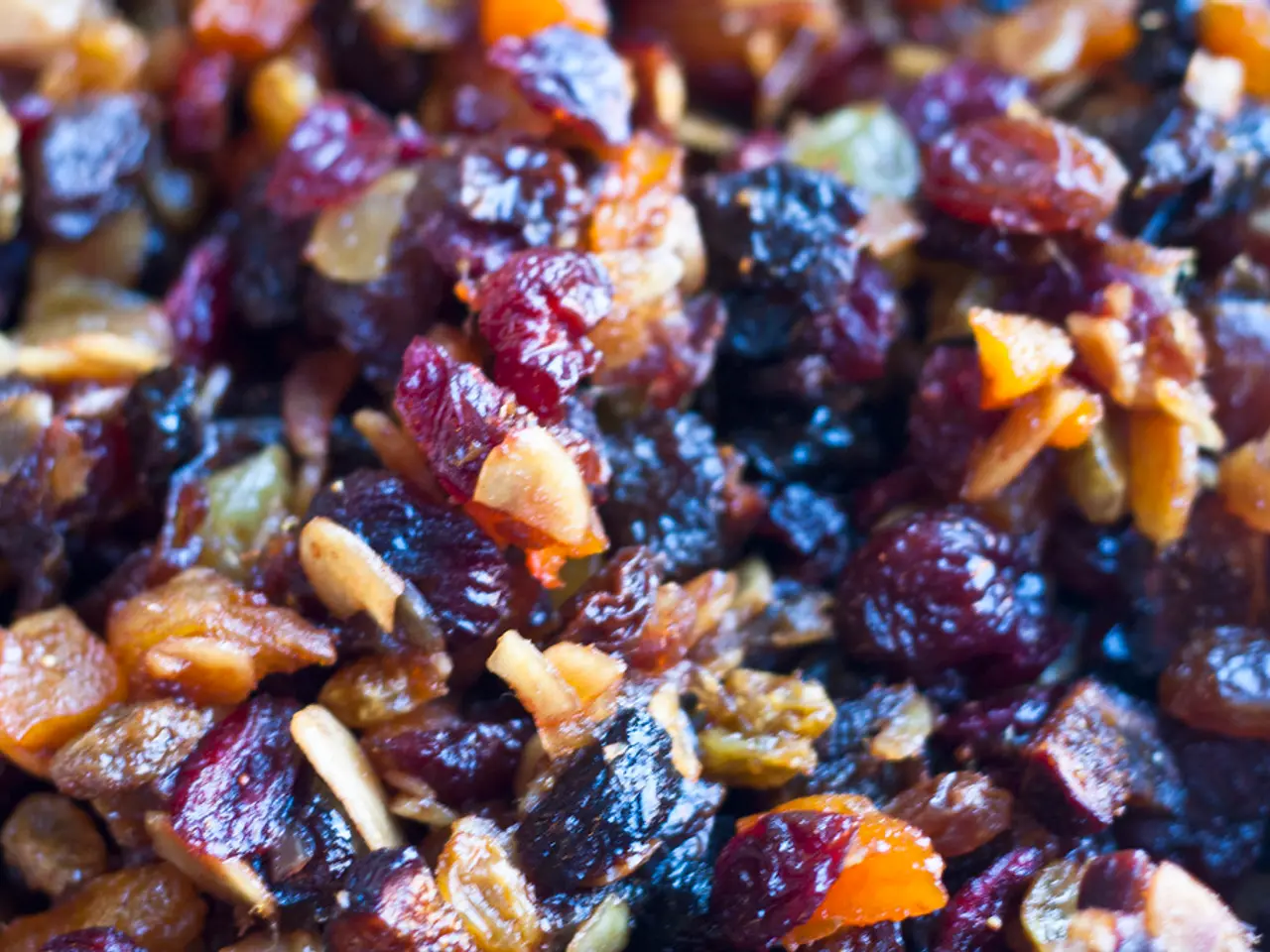Newly-found flavor offers potential for combating obesity among researchers
The world of taste is set to expand as scientists have proposed the existence of a sixth basic taste: fat. This groundbreaking discovery could revolutionise our understanding of nutrition, eating behaviours, and the food industry.
The tongue, it seems, contains specific receptors for fatty acids, notably CD36 and GPR120, which are believed to play crucial roles in fat detection. The discovery of fat taste lies in non-esterified fatty acids (NEFA), the most basic building blocks of fat.
Fat is primarily detected as a distinct taste through the CD36 receptor, which is expressed on taste buds in specific papillae of the tongue. This receptor enables the taste cells to recognise fat as a unique taste quality, separate from the traditional five (sweet, sour, salty, bitter, and umami).
Mechanistically, CD36 acts as a lipid sensor localised to circumvallate and foliate papillae, sites rich in taste buds and where lingual lipase (an enzyme that frees fatty acids from triglycerides in food) is produced. When free fatty acids bind to CD36, it triggers a signaling cascade in taste cells that ultimately results in depolarization and transmission of a taste signal to the brain.
This discovery has significant implications for nutrition science. By understanding how humans perceive dietary fat not just as an energy source or texture but as a distinct flavor component, we may influence eating behaviours, preferences, and satiety regulation. For food manufacturing, recognising fat as a taste enables the development of fat substitutes or enhancers that replicate the taste sensation of fat without added calories, potentially aiding in formulating healthier foods with lower fat content.
The appeal of fat could be due to its taste, not just its texture, as previously believed. This discovery challenges the traditional five-taste paradigm and opens avenues to explore how fat taste interacts with other sensory cues like mouthfeel, which involves trigeminal nerve stimulation by fat's physical properties. This combined sensory input shapes the overall perception of fat-rich foods and their palatability.
A 2015 study in the journal Flavour suggests that fat meets the criteria for a distinct taste, one that could eventually be classified as basic. Participants in taste tests reported a distinct and unpleasant flavour when sampling NEFA compounds, indicating a direct interaction with taste receptors. Even in the absence of smell, a critical piece of flavour perception, participants were able to detect fat as a distinct taste.
This evidence is mounting that fat is not just a feeling, but a flavour. Its official recognition could open the door for a wave of new research, products, and policies. Consumers may compensate for the lack of fat taste by eating more, leading to potential overconsumption. Naming the sixth taste could lead to public health campaigns, food labeling laws, or taste training programs that help people better understand their food.
Understanding fat as a taste could help explain why "low-fat" food often fails to satisfy, why certain indulgences are so hard to resist, and why cravings can override even the most ironclad willpower. As more research is conducted, we may find ourselves rethinking our diets and the way we approach nutrition.
References:
[1] Duffy, E. C., & Mouritsen, O. G. (2017). The Taste of Fat: Exploring the Sensory Perception of Dietary Lipids. Nutrients, 9(9), 984.
[2] Duffy, E. C. (2015). Beyond the five basic tastes: a review of recent developments in taste research. Flavour, 3(1), 3.
[3] Duffy, E. C., & Mouritsen, O. G. (2016). The Taste of Fat: Exploring the Sensory Perception of Dietary Lipids. In Advances in Nutritional Sciences (pp. 1-37). Academic Press.
Medical-conditions related to health-and-wellness may be influenced by the sixth basic taste, as scientists have discovered that fat can be tasted. This newfound understanding could potentially lead to the development of healthier foods, as food manufacturers could create fat substitutes or enhancers that replicate the taste sensation of fat without adding calories.




